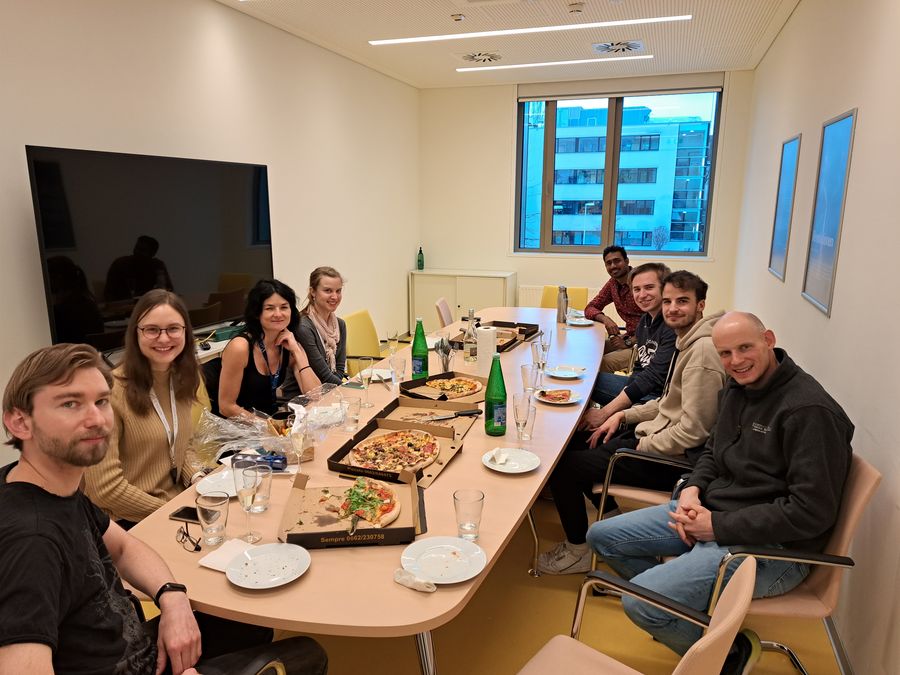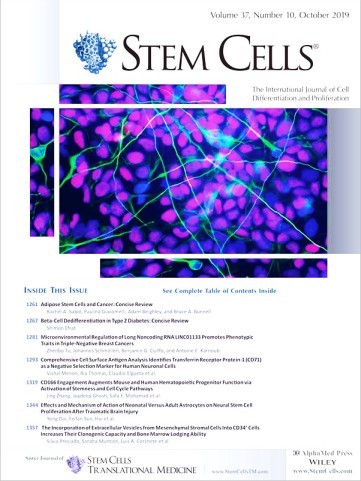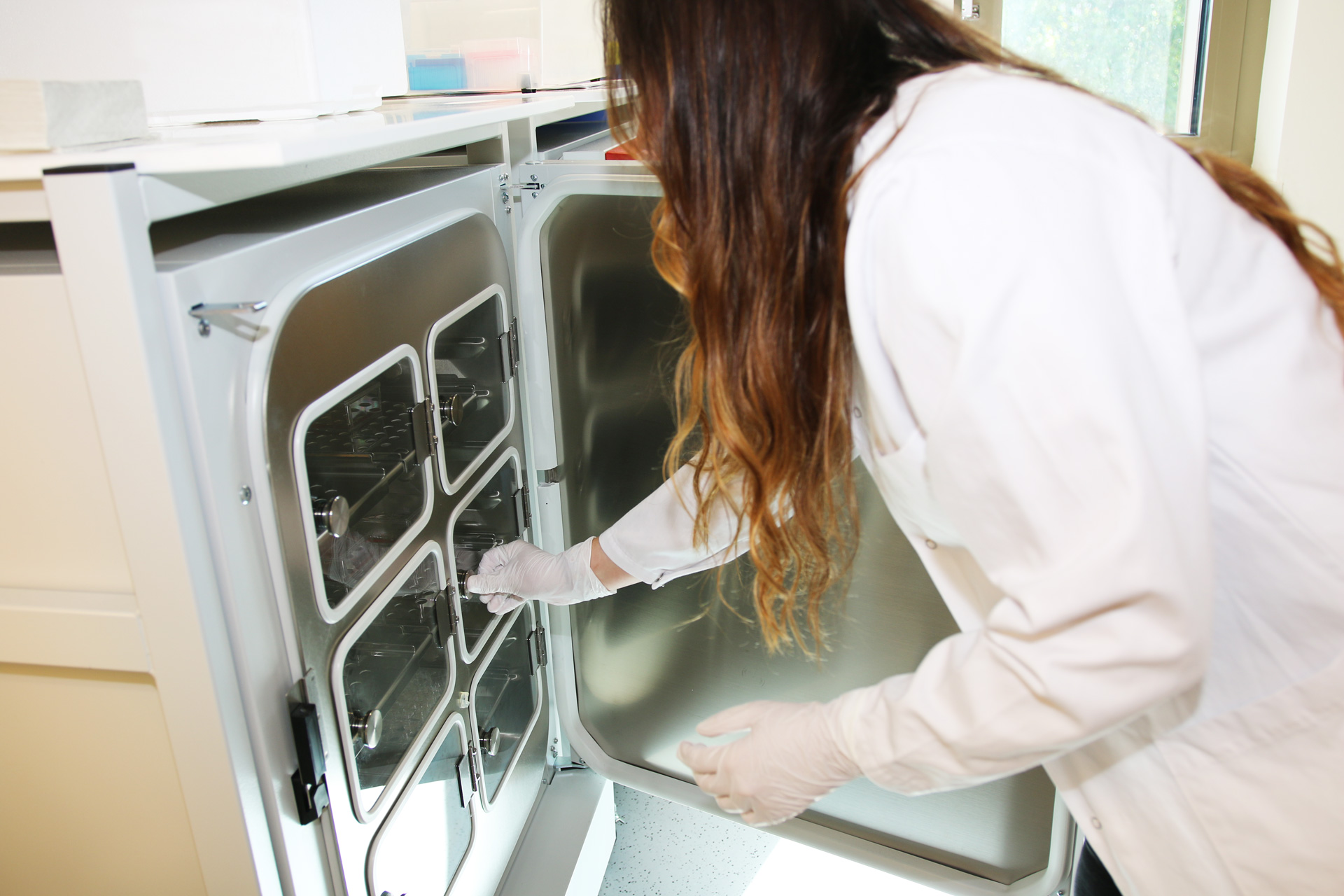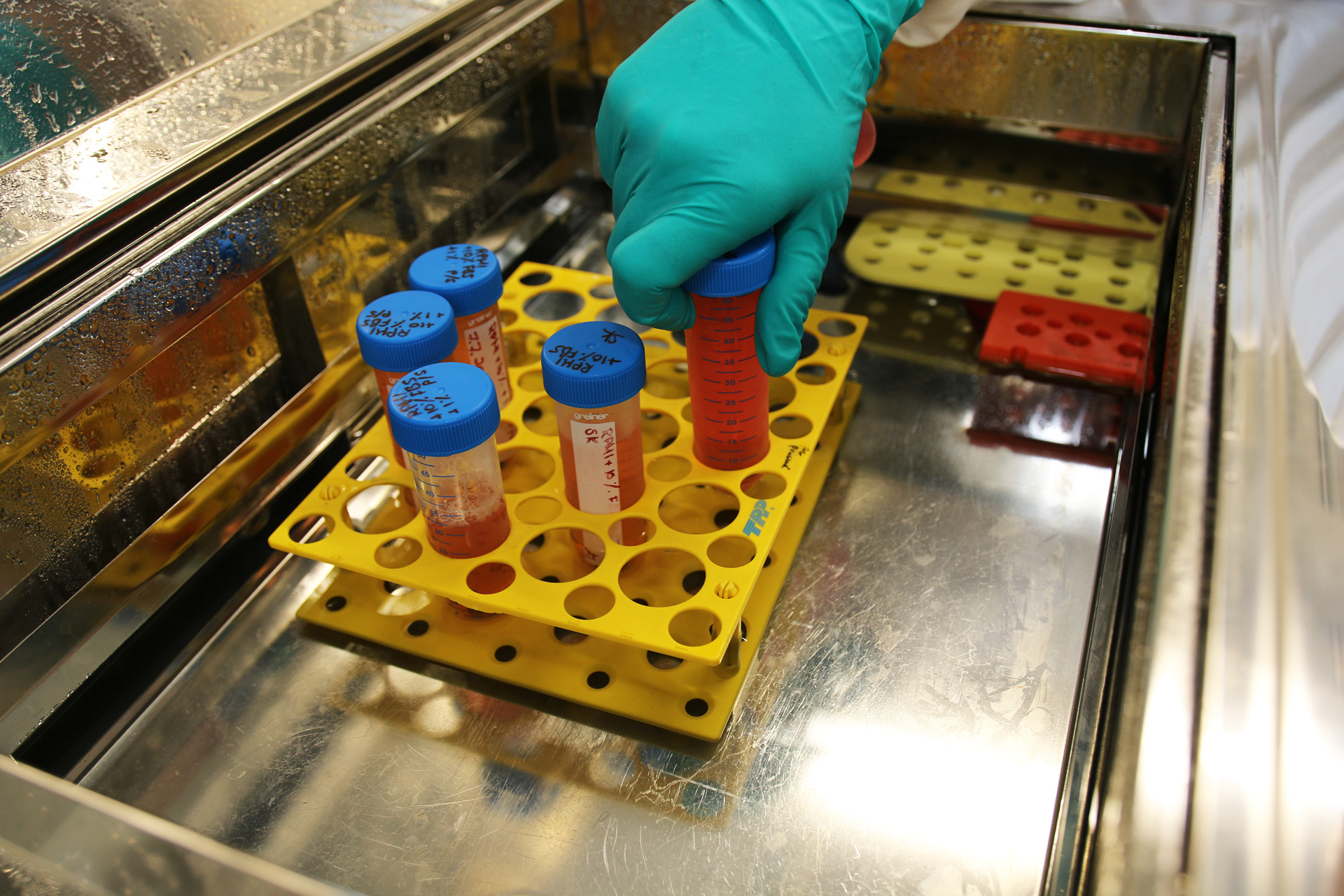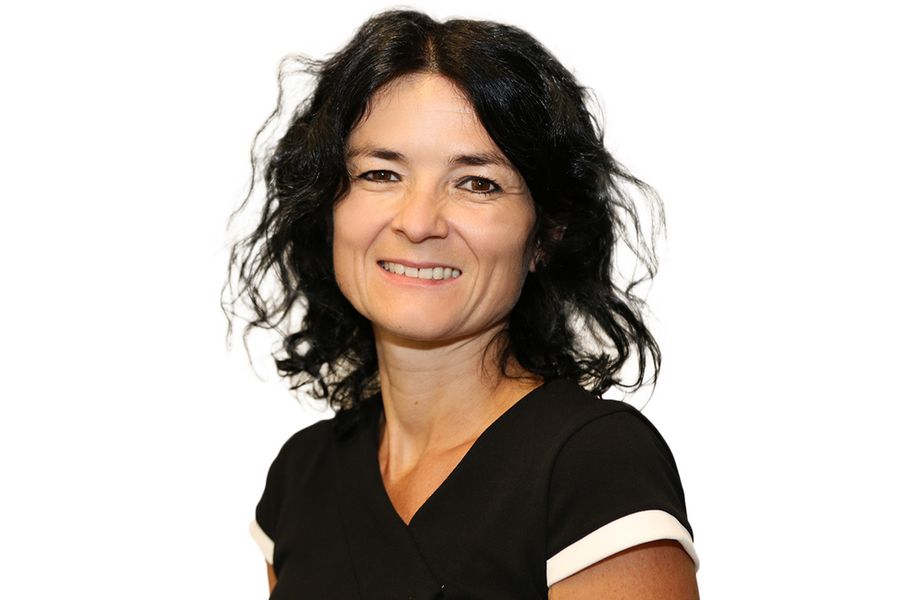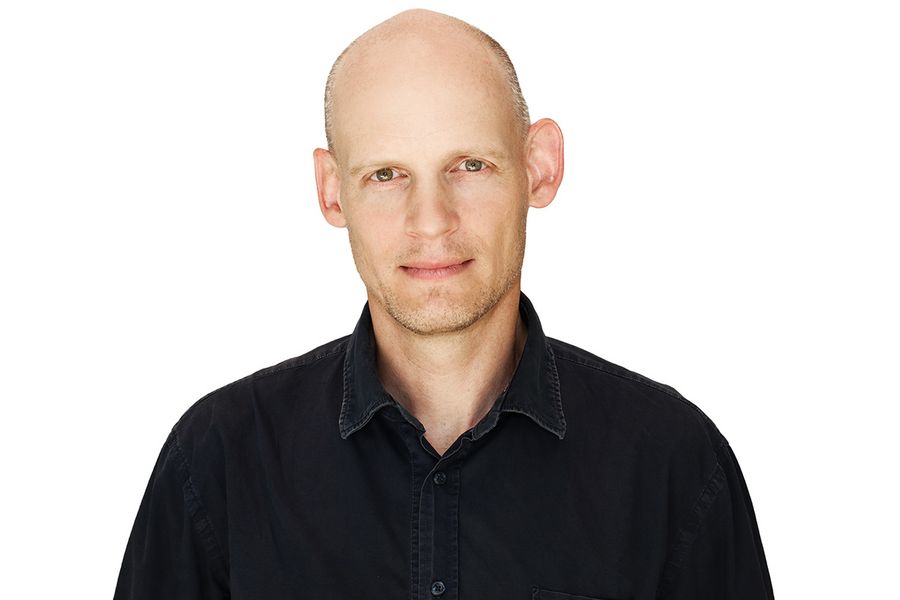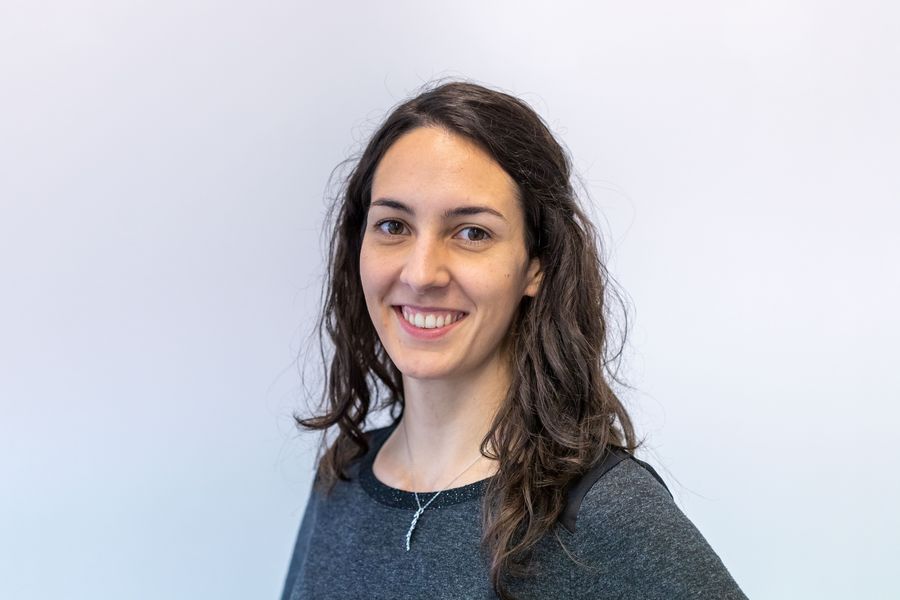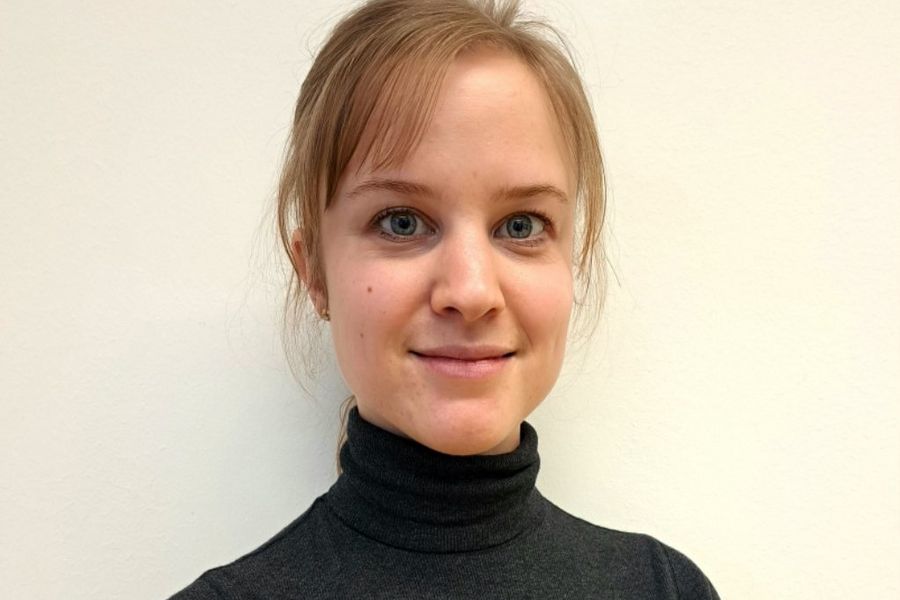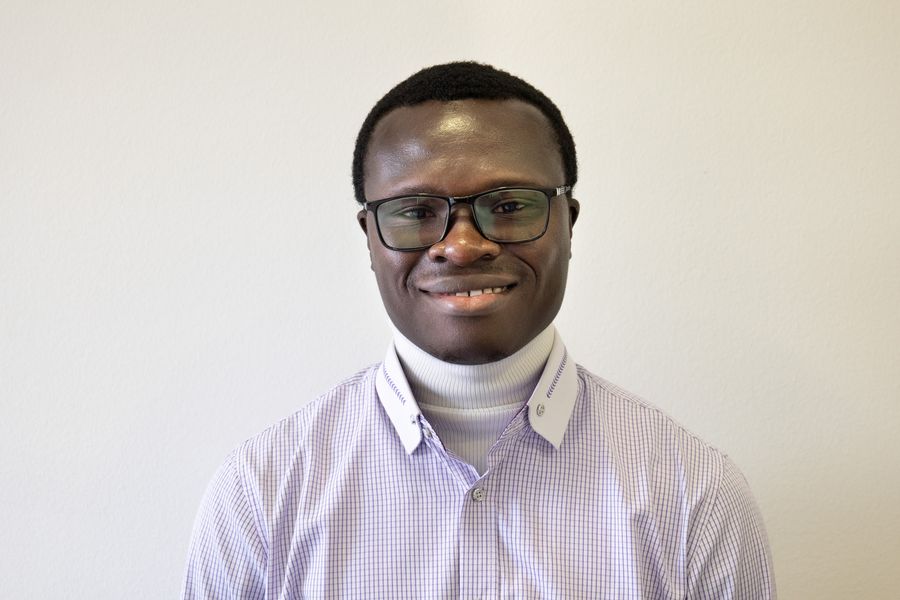Investigating fundamental developmental processes in human stem cell systems for regenerative medicine & neural cancer therapies.
Lab News
Publications
Thomas R, Menon V, Mani R, Pruszak J (2022). Glycan Epitope and Integrin Expression Dynamics Characterize Neural Crest Epithelial-to-Mesenchymal Transition (EMT) in Human Pluripotent Stem Cell Differentiation. Stem Cell Rev and Rep 18, 2952–2965. https://doi.org/10.1007/s12015-022-10393-1
Menon V, Thomas R, Elgueta C, Horl M, Osborn T, Hallett PJ, Bartos M, Isacson O, Pruszak J (2019). Comprehensive Cell Surface Antigen Analysis Identifies Transferrin Receptor Protein-1 (CD71) as a Negative Selection Marker for Human Neuronal Cells. Stem Cells 37, 1293-1306. http://doi.org/10.1002/stem.3057
Schöndorf DC, Ivanyuk D, Baden P, Sanchez-Martinez A, De Cicco S, Yu C, Giunta I, Schwarz LK, Di Napoli G, Panagiotakopoulou V, Nestel S, Keatinge M, Pruszak J, Bandmann O, Heimrich B, Gasser T, Whitworth AJ, Deleidi M. The NAD+ Precursor Nicotinamide Riboside Rescues Mitochondrial Defects and Neuronal Loss in iPSC and Fly Models of Parkinson's Disease. Cell Rep. 2018 Jun 5;23(10):2976-2988. https://doi.org/10.1016/j.celrep.2018.05.009
Ferlemann FC, Menon V, Condurat AL, Rößler J, Pruszak J (2017). Surface marker profiling of SH-SY5Y cells enables small molecule screens identifying BMP4 as a modulator of neuroblastoma differentiation. Sci Rep 7, 13612. https://doi.org/10.1038/s41598-017-13497-8
Gilliam DT, Menon V, Bretz NP, Pruszak J (2017). The CD24 surface antigen in neural development and disease. Neurobiol Dis. 99, 133-144. https://doi.org/10.1016/j.nbd.2016.12.011
Hindley CJ*, Condurat AL*, Menon V, Thomas R, Azmitia LM, Davis JA, Pruszak J (2016). The Hippo pathway member YAP enhances human neural crest cell fate and migration. Sci Rep. 6, 23208. https://doi.org/10.1038/srep23208
Meet Our Lab Members
Careers
Join Our Lab
We are looking for motivated team players with a sportive spirit and strong interest in developmental biology, cell biology and regenerative medicine. Applicants should hold a doctorate or masters degree in biology, biochemistry or a related subject. Practical experience in molecular biology, biochemistry, cell culture and/or computational biology is beneficial but not required. Good knowledge of English is essential. The goal of our work is to elucidate mechanisms of cell-cell communication that govern growth and differentiation in the context of neural development. Our studies focus primarily on the role of surface molecule-mediated cell interactions in the regulation of downstream signaling cascades and cell-specific gene expression. As the main model system we utilize human pluripotent stem cells (embryonic stem cells and induced pluripotent stem cells), exploiting the unique opportunity to study and modulate human neural development in an accessible in vitro system. This work has implications for fundamental neurobiology, as well as for neurooncology and regenerative approaches. The Paracelsus Medical University (PMU) is a private academic institution with locations in Salzburg and Nuremberg. Founded in 2002, the PMU encompasses 22 university institutes, three research centres and six research programs and several doctoral programs with a focus on biomedical sciences. Our lab is also associated with the local Spinal Cord Injury and Tissue Regeneration Center (SCI-TReCS). Salzburg is located in the heart of Europe with excellent access to recreational possibilities and cultural exposure. The successful applicant will join a small, highly-motivated, young and international team. A limited number of positions is available that cover the researcher salary. Alternatively, applications generating external funding may be considered. Applications to be considered should include a CV with a specific letter of motivation, statement of research experience/interests and the contact details of three references, as well as potential sources of external funding. Please submit your application electronically as a pdf to: jan.pruszak@pmu.ac.at
